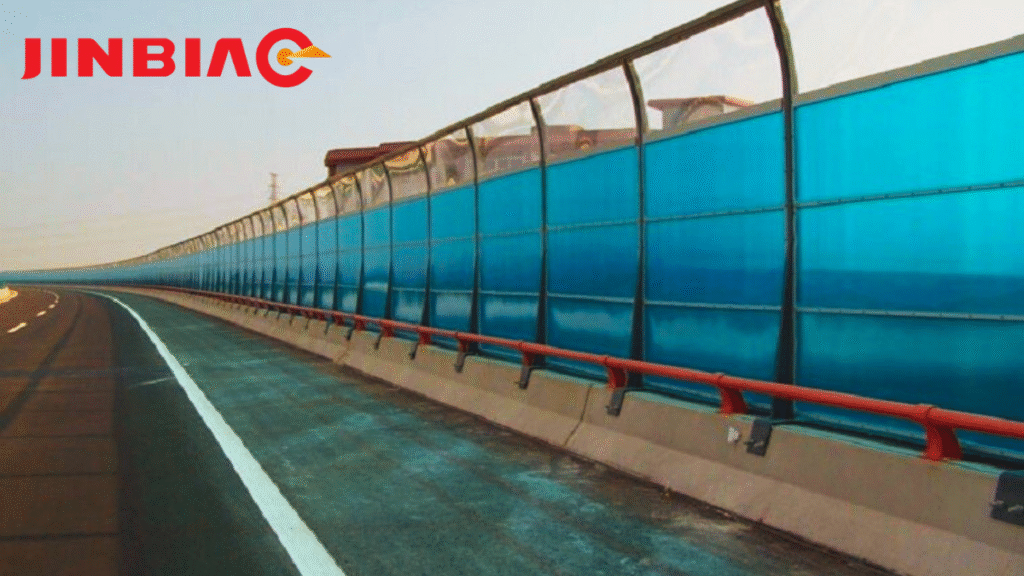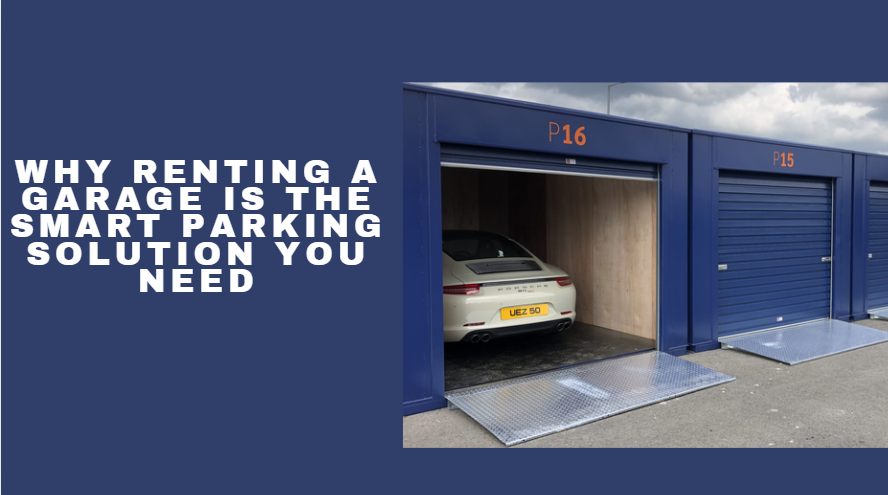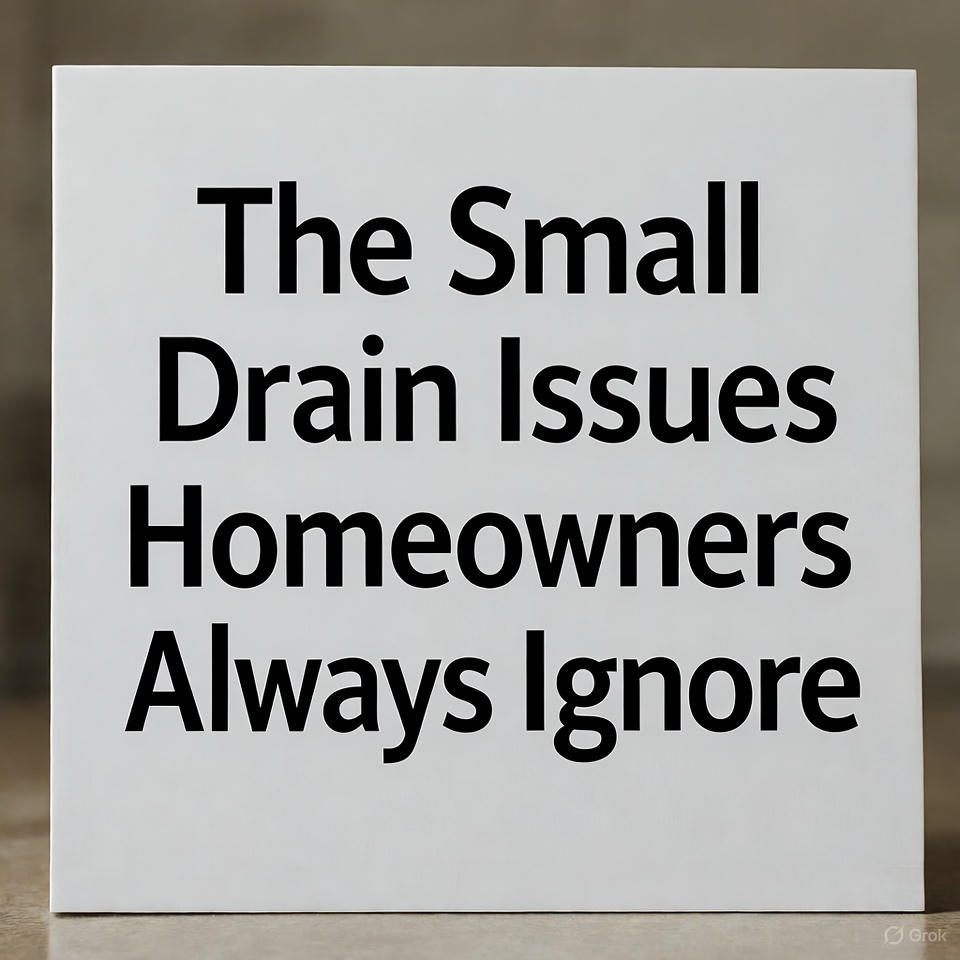In today’s urban environments, noise pollution is a growing concern that affects not only health and comfort but also property value. Homebuyers and investors increasingly prioritize quiet, peaceful surroundings, making sound barriers an essential feature in real estate development near highways, railways, and industrial zones. Understanding The Science Behind Sound Barriers reveals why these structures can dramatically enhance both living quality and property worth.
Understanding the Impact of Noise on Property Value
Noise pollution has a direct correlation with decreased property value. Studies show that properties located near major noise sources such as highways or airports can lose up to 10–15% of their value compared to quieter areas. This depreciation is largely due to reduced desirability, lower comfort levels, and potential health impacts linked to chronic noise exposure.
The Psychological and Physical Effects of Noise
Noise pollution is not just an annoyance, it’s a health hazard. Prolonged exposure can lead to:
- Increased stress and anxiety
- Sleep disturbances
- Cardiovascular strain
- Reduced concentration and productivity
These issues collectively make a property less appealing to prospective buyers or tenants. That’s why developers and homeowners turn to sound barriers, a practical and scientifically proven solution.
The Science Behind Sound Barriers
Sound barriers are engineered structures designed to block, reflect, or absorb sound waves, minimizing the transmission of unwanted noise into residential or commercial areas. The effectiveness of these barriers depends on several acoustic principles and design considerations.
1. Reflection and Diffraction Control
Sound travels in waves that can bounce (reflect) or bend (diffract) around obstacles. A well-designed sound barrier works by disrupting these waves, forcing them to take longer, more indirect paths significantly reducing noise intensity on the protected side.
2. Barrier Height and Material Density
The height and mass of the barrier are key. Taller and denser materials such as concrete, brick, or specialized acoustic panels offer superior sound attenuation. Acoustic engineers often use the “mass law” principle: doubling a barrier’s weight can reduce sound transmission by approximately 6 decibels.
3. Absorptive vs. Reflective Design
Modern sound barriers employ absorptive materials that prevent sound waves from bouncing back into nearby areas, further reducing environmental noise. These advanced materials often include:
- Perforated metal with mineral wool cores
- Acoustic concrete
- Wood-plastic composites
- Vegetated or “green” sound walls
Each type offers a blend of aesthetic appeal and noise control performance, aligning with both acoustic science and urban design needs.
How Sound Barriers Enhance Living Environments
Beyond technical performance, sound barriers play a vital role in improving the quality of life in noise-affected communities.
1. Improved Comfort and Well-Being
By reducing noise levels by up to 15–20 decibels, barriers create quieter, more comfortable living environments. This reduction means residents can enjoy outdoor activities, open windows, and peaceful sleepall of which translate into higher satisfaction and long-term property retention.
2. Enhanced Privacy
Sound barriers not only block noise but also create visual privacy, especially in homes adjacent to busy roads. This dual benefit increases perceived exclusivity and safety, which appeals strongly to homebuyers.
3. Increased Aesthetic Appeal
Modern sound barrier designs incorporate landscaping, artistic elements, and greenery, transforming once-industrial noise walls into architectural features. “Living walls” covered with plants also help absorb noise while improving air quality, making them a favorite among eco-conscious buyers.
Economic Benefits: Sound Barriers as a Value-Adding Investment
For developers and homeowners alike, sound barriers represent a strategic investment that enhances both marketability and property valuation.
1. Higher Market Demand
Homes in quieter environments command higher prices. A property shielded by an effective sound barrier becomes more desirable, attracting buyers willing to pay a premium for comfort and tranquility.
2. Reduced Vacancy and Turnover Rates
For rental properties, the installation of sound barriers often leads to lower tenant turnover and longer lease durations, thanks to improved living conditions.
3. Increased ROI for Developers
Developers who integrate sound mitigation solutions early in planning stages see measurable returns. By proactively addressing noise, they differentiate their projects in competitive markets and can market them as premium “quiet communities.”
Environmental and Sustainability Advantages
Sound barriers today are not just functional, they’re part of sustainable urban planning. Innovative designs use eco-friendly materials and integrate seamlessly with the surrounding landscape.
1. Green Sound Barriers
Vegetated sound barriers combine acoustic engineering with natural elements. These systems use climbing plants or moss walls over sound-absorbing structures to:
- Reduce noise
- Capture dust and pollutants
- Regulate local temperature
- Support biodiversity
Such green solutions improve the environmental footprint of infrastructure projects while enhancing visual appeal.
2. Recycled and Low-Carbon Materials
Many new barriers are built using recycled concrete, plastics, or wood composites, aligning with global sustainability goals. They provide durability and acoustic efficiency while minimizing waste.
Choosing the Right Sound Barrier Solution
Selecting the optimal barrier involves balancing acoustic performance, aesthetics, and budget. Key considerations include:
- Noise source type and frequency range
- Distance from property line
- Material durability and maintenance needs
- Local regulations and design codes
Consulting with acoustic engineers ensures that barriers meet both functional and legal standards while maximizing property enhancement potential.
Future Trends in Sound Barrier Technology
The next generation of sound barriers goes beyond static walls. Innovations include:
- Smart sound barriers with embedded sensors that monitor noise levels in real time
- Solar-integrated barriers that generate renewable energy while blocking sound
- Adaptive materials that adjust acoustic performance based on environmental conditions
These technologies promise even greater value combining sustainability, functionality, and cutting-edge design.
Conclusion: Quiet Equals Value
Noise pollution may seem inevitable in modern life, but it doesn’t have to define property value. With strategic planning and an understanding of The Science Behind Sound Barriers, homeowners, developers, and city planners can transform noisy environments into peaceful, high-value communities.
By blending advanced materials, acoustic engineering, and sustainable design, sound barriers not only protect against noise, they protect investments.






